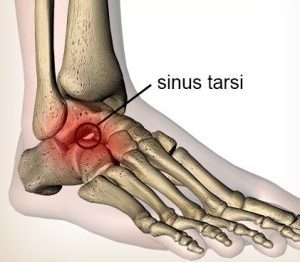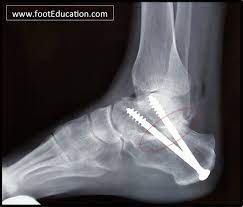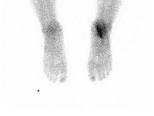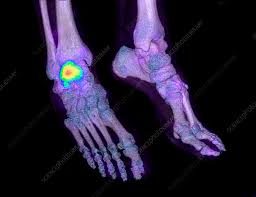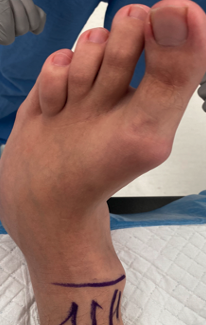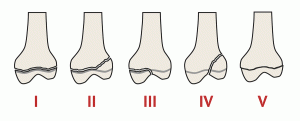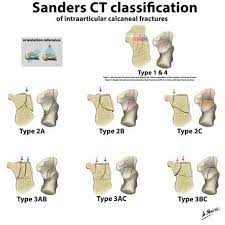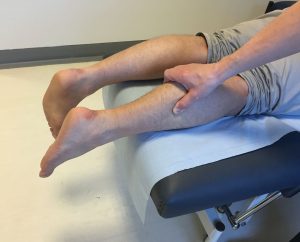
Perioperative considerations for patients with dementia, a condition characterized by cognitive decline and memory impairment, require special attention to ensure their safety, comfort, and optimal outcomes during the surgical process. Here are some important considerations:
- Preoperative assessment: Comprehensive preoperative assessment of patients with dementia should include a thorough evaluation of their cognitive status, functional abilities, medical history, and medications. This assessment can help identify potential risks and guide the development of an individualized care plan. It’s important to involve the patient’s caregivers or family members in the assessment process to gather relevant information about the patient’s condition and provide support.
- Communication and consent: Communication with patients with dementia should be clear, simple, and tailored to their cognitive abilities. Information about the surgical procedure, risks, benefits, and alternatives should be provided in a way that the patient can understand. Informed consent should be obtained from the patient, following legal and ethical guidelines, and documented appropriately.
- Anesthesia considerations: Anesthesia management for patients with dementia requires careful consideration. Older adults with dementia may have altered responses to anesthesia and sedation, and may be at increased risk of complications such as delirium or agitation. The type and dosage of anesthesia should be carefully chosen, considering the patient’s cognitive status, comorbidities, and medications. Close monitoring during and after the surgery is important to manage any potential complications.
- Comfort and safety: Patients with dementia may be more susceptible to confusion, agitation, and anxiety in the perioperative setting. Creating a calm and familiar environment, providing reassurance, and involving caregivers can help reduce anxiety and agitation. Attention should be paid to fall prevention measures, as patients with dementia may be at increased risk of falls due to their cognitive impairment.
- Medication management: Medication management for patients with dementia is critical during the perioperative period. It’s important to review the patient’s current medications and consider potential interactions with anesthesia and other perioperative medications. Medication schedules should be carefully coordinated to ensure continued management of chronic conditions while minimizing the risk of adverse drug events.
- Postoperative care: Postoperative care for patients with dementia should include close monitoring for complications such as delirium, infections, or changes in cognitive status. Pain management should be carefully addressed, as patients with dementia may have difficulty communicating their pain levels. Coordination with caregivers and family members for postoperative care and follow-up is important to ensure a safe and smooth recovery process.
- Multidisciplinary approach: Providing perioperative care for patients with dementia requires a multidisciplinary approach, involving collaboration among healthcare providers, including surgeons, anesthesiologists, geriatricians, nurses, and caregivers. This can help ensure that the patient’s physical, cognitive, and emotional needs are addressed comprehensively.
In summary, perioperative care for patients with dementia requires special attention to their cognitive status, communication, anesthesia management, comfort, safety, medication management, postoperative care, and a multidisciplinary approach. Customized care plans that consider the unique needs of each patient with dementia can help promote optimal outcomes and ensure their safety and well-being throughout the surgical process.


